Your 2023 Guide
by Jess Erdman, Content Marketing LeadJune 2023

Personalization creates the magic feeling that brands understand shoppers. But, when it goes wrong, it can be off-putting, and even lead shoppers to think poorly about brands.
Personalization is the art of delivering the right content to the right person at the right time. It’s a mix of data and “art,” but most of all, personalization is at the core of delivering a superior shopping experience.
But, how can we achieve a great personalization experience for eCommerce?
We’ll take a look at examples, walk you through how it works, and share our ideas about the personalization of the near future, using AI.
Personalization is everywhere, even if you don't notice it. Whether that includes the personalized product recommendations on the product detail page of your favorite online retailer, or the recommendations on your favorite streaming service, personalization is all around us.
Here are a few familiar brands that are getting personalization right:
Spotify: Did you ever notice that your playlists get more curated as you make your music choices and provide input such as love it or not? Spotify is a great example of personalized music recommendations based on a user's listening habits, preferences, and browsing history.
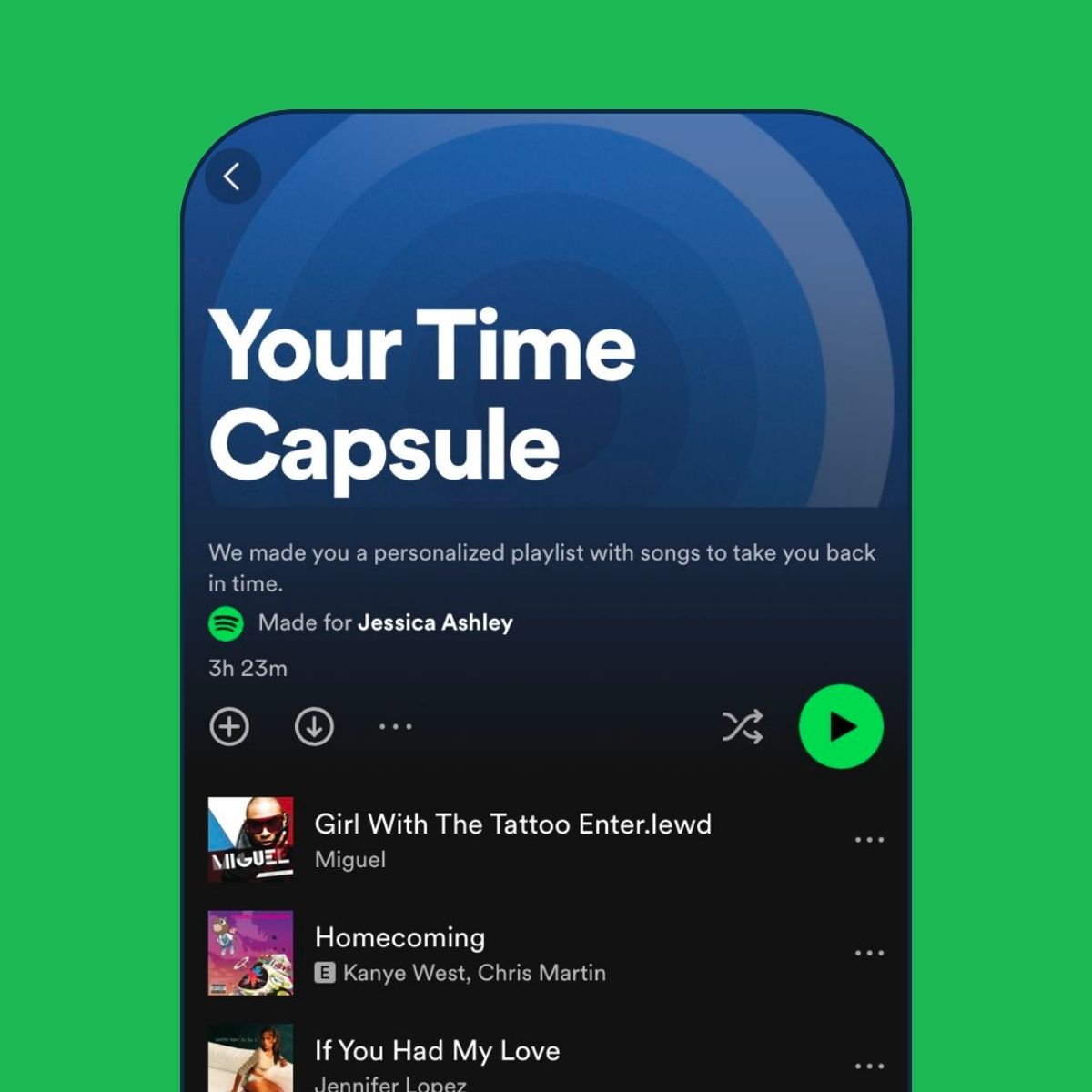
Netflix: Your Netflix content homepage is not the same as your friend’s. Netflix personalized the content page based on your watch history, likes, or dislikes. Your streaming content selection has been curated almost without knowing it.

Stitch Fix is well known for using big data and human stylists to build personalized recommendations. Each shopper’s inputs, such as keeping the item or not, are great inputs of their style preferences. All of these activities are used to curate a better capsule collection for your next style.
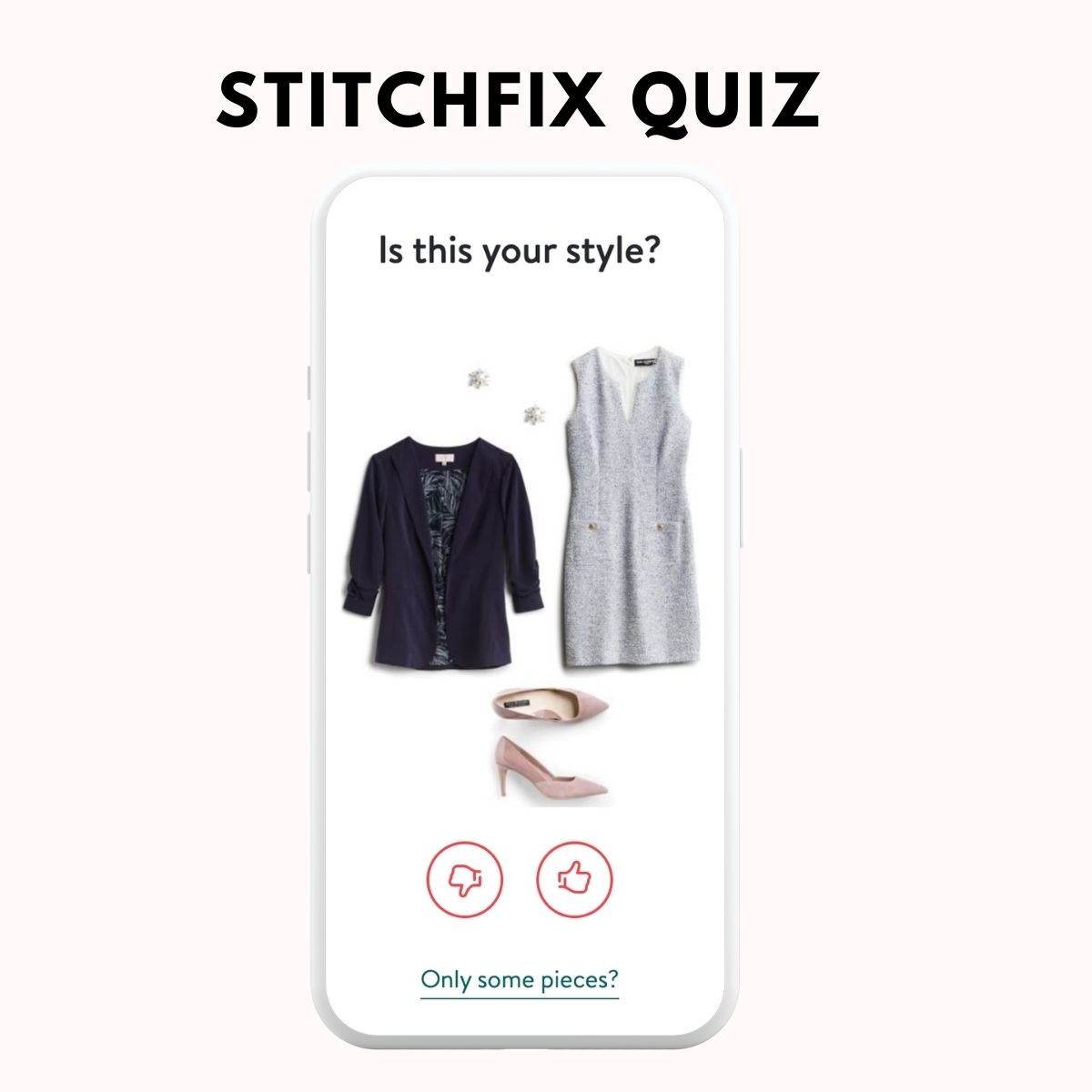
As you can guess from the examples above, personalization in eCommerce requires data inputs. Companies gather valuable data from users with opt-in or anonymity for privacy reasons.
In order to accurately create personalization, key attributes need to first be defined. In the case of Spotify music recommendations, attributes could include a music genre, artist, or BPM for Spotify's music recommendations.
Then, after key attributes are defined, companies monitor to identify patterns from user activity interfacing with the service.
Once companies understand a distinct pattern, it goes back to their algorithm, helping all the users to get personalized recommendations based on the same logic.
And, that doesn’t only apply to Spotify. A fashion company like Stitch Fix also uses the same process to offer personalization.
Standard process for building personalization for your website:
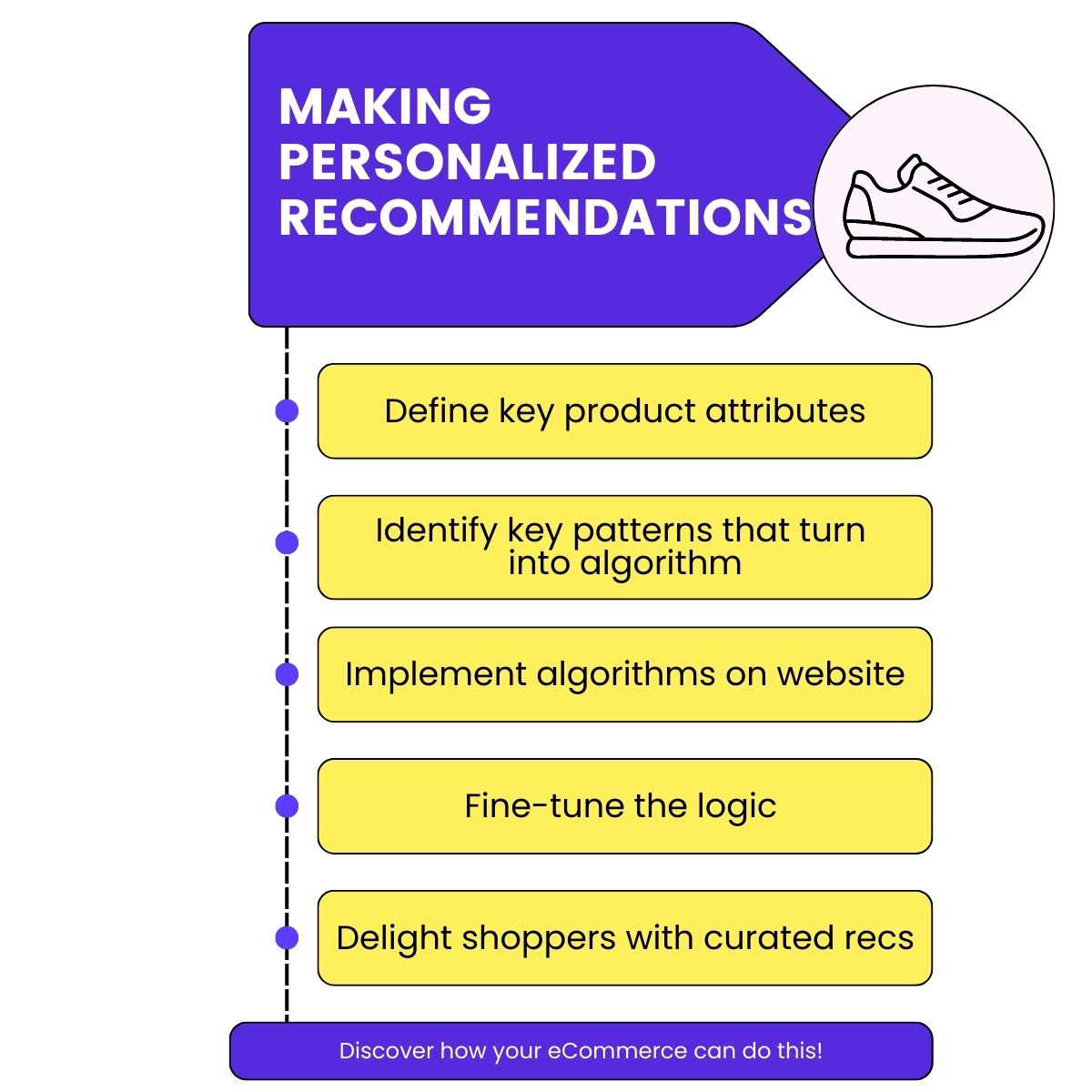
1. Define key attributes: Identify the relevant attributes and data points that contribute to personalization.
2. Identify key patterns and turn them into an algorithm: Analyze the collected data to uncover patterns and correlations that indicate user preferences or behaviors.
3. Implement algorithms on eCommerce sites: Define where to place the recommendations for the most impact and make sure integration is seamless.
4. Fine-tune the logic: Continuous monitoring and analysis of user feedback only makes the quality better and crucial.
5. Delight Shoppers: Shoppers love to see the recommendations and they are more likely to convert.
The short answer: creating personalization in eCommerce is not easy. It requires a combination of technologies and processes, from data analytics to advanced algorithms. And, it requires ongoing analysis and refinement to ensure that the recommendations are relevant.
Some eCommerce retailers might not be ready to prioritize personalization.
However, when personalization is correctly implemented, the benefits are huge, such as the following:
At its core, personalization in eCommerce solves the gap between customer expectations and reality, which are often different. Personalization transforms the entire customer search experience into one that is seamless and delightful.
1. Creates a seamless shopping experience: The goal of any eCommerce should be to create a frictionless, easy-to-navigate shopping experience.
2. Affects how shoppers think of brands: Shoppers tend to rate brands higher when they have personalization.
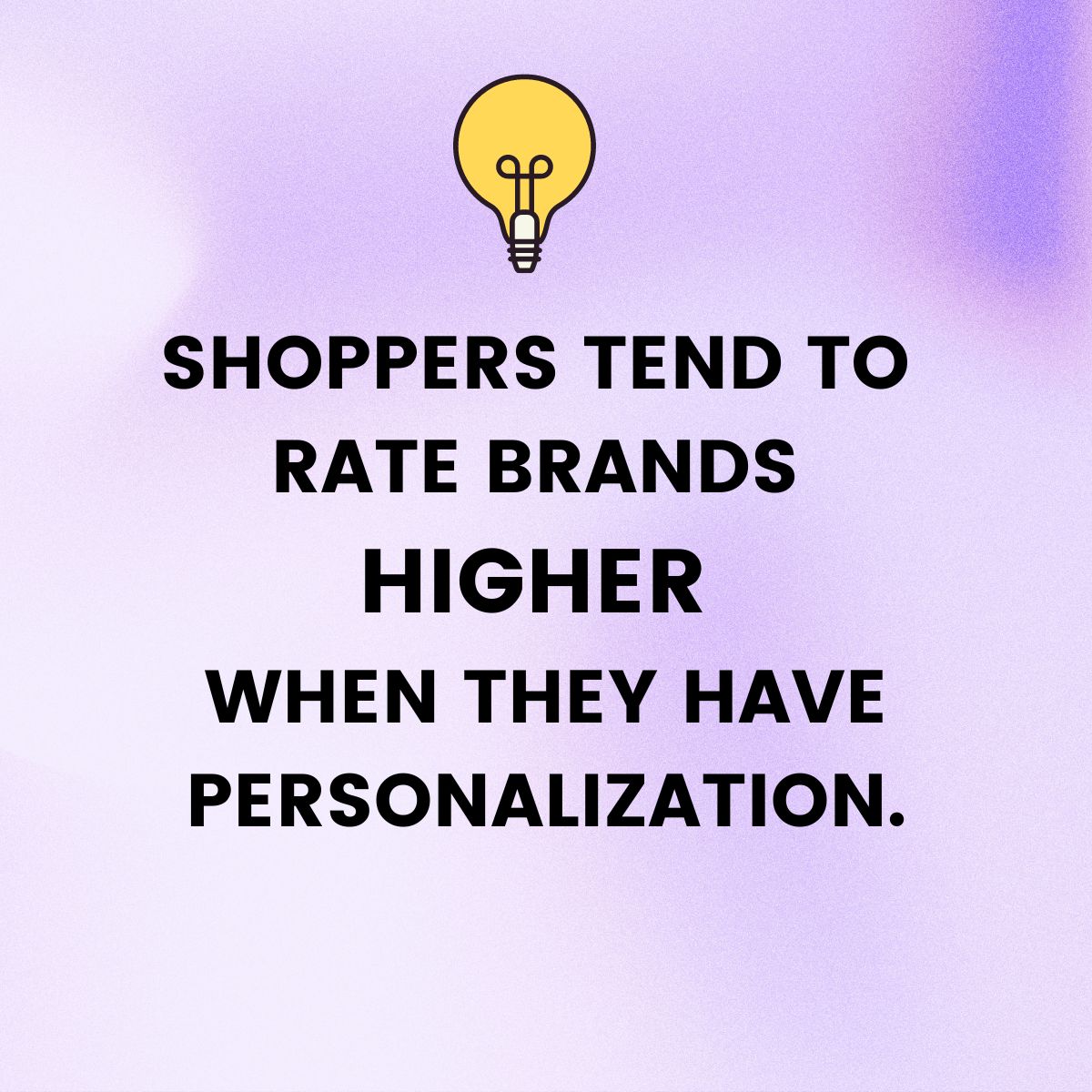
3. Keeps shoppers entertained and engaged (lowering bounce off rate): With creative, new ways to engage shoppers, like through fashion quizzes, shoppers stay on-page.
4. Keeps shoppers returning (increases brand loyalty): Personalization is the missing piece in brand loyalty.
5. With so much information available, personalization is the only way to stand out: Is your eCommerce looking to be top-of-mind for shoppers? Personalization differentiates you from competitors.
6. Shoppers are more likely to add curated products/additional items to cart: When shoppers feel products are curated for them, they’re more likely to purchase.
7. Solves for speed/relevancy problems: Shoppers want to see relevant products quickly.
Fashion clothing drops powered by technology:
Fashion brands are exploring new ways to drop clothing, incorporating technology into the process. For example, Finesse and FOMO specialize in creating exclusive, limited-edition clothing drops, based on user votes for their preferred styles. FOMO uses fashion AI to generate clothing based on user preferences.
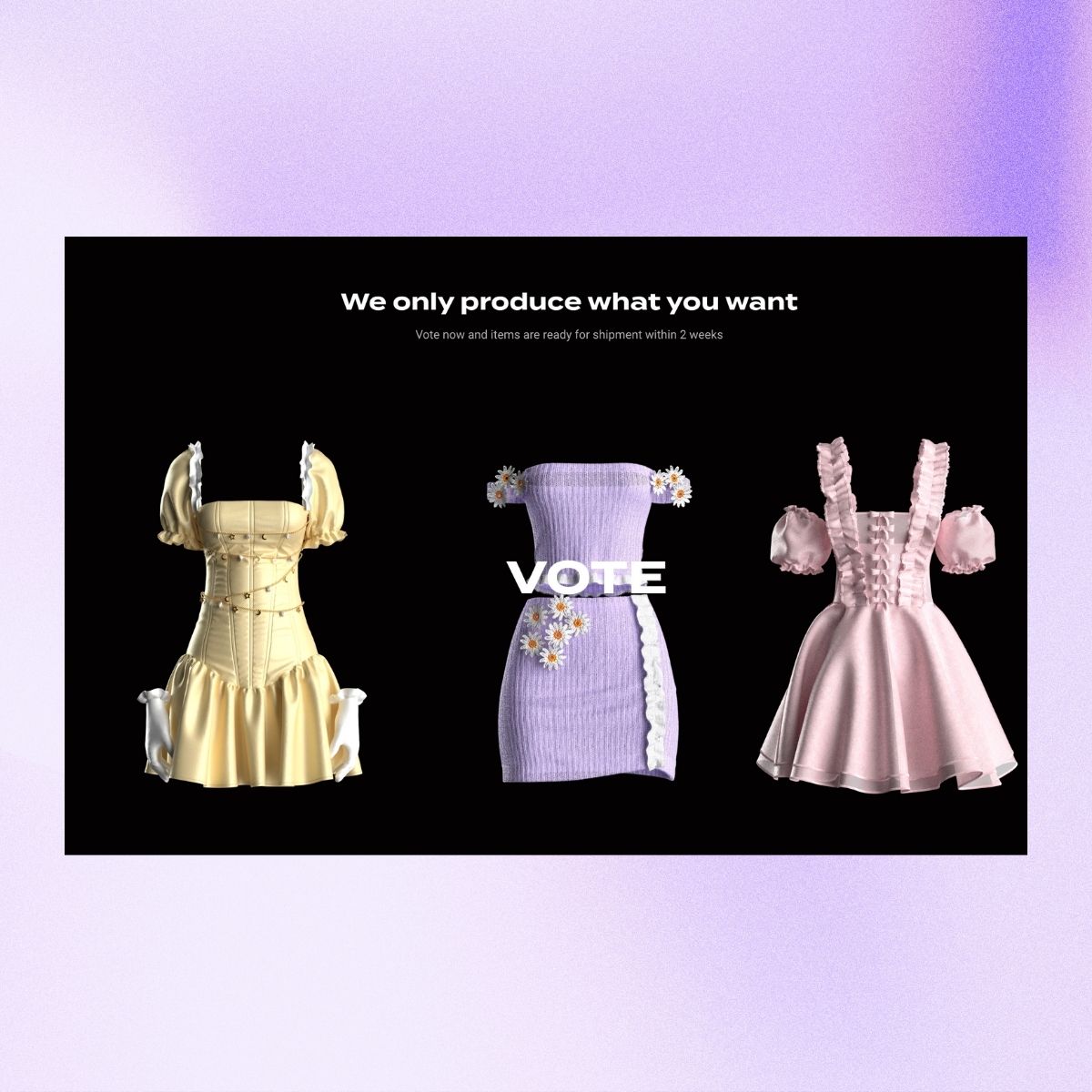
The combination of technology and fashion is setting the stage for exciting personalization in 2023 and beyond.
ChatGPT integration for styling:
ChatGPT integration for styling brings the power of AI-driven virtual assistants to fashion, allowing customers to receive personalized recommendations, style advice, and real-time assistance, ultimately enhancing the overall shopping experience and helping users make more informed fashion choices.

YesPlz’s GPT Fashion Stylist is powered by ChatGPT, but also uses its own fashion-trained AI, so users can ask any styling question and receive instant, visual answers.
Virtual fitting rooms:
Virtual fitting rooms have emerged as a transformative technology in the fashion industry, offering customers the ability to try on clothes virtually, visualize how they would look, and make more confident purchase decisions without the need for physical fitting rooms. They help improve return rates and increase customer satisfaction.
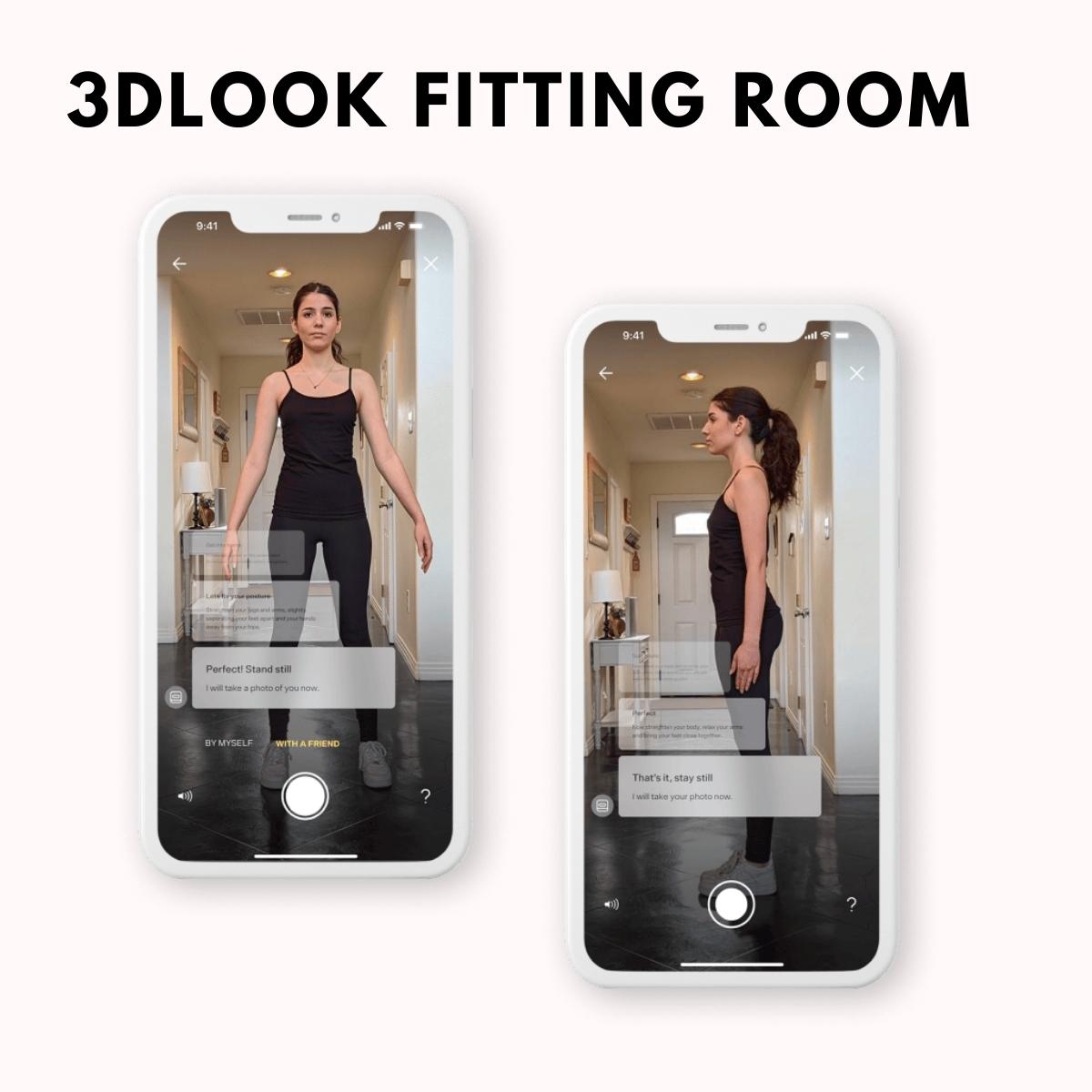
Emerging tech with new applications:
Emerging tech with new applications, such as facial recognition and image analysis, is reshaping the fashion landscape.
These technologies enable customers to scan their pictures and receive personalized recommendations based on their face type and preferred styles, helping them shop across different platforms.
eCommerce personalization is becoming more advanced in 2023, as we at YesPlz are finding common interests from shoppers and creating curated personalization. We’re also continuing to train our fashion AI to create the best possible curation.
In 2023, personalization can include the search bar, product recommendations, and AI styling. And, retailers can place personalization on different parts of the website, enhancing the user journey.
We’re also taking personalization in eCommerce a step further, by making product recommendations based on body shape and type, which we recently launched for our GPT Fashion Stylist.
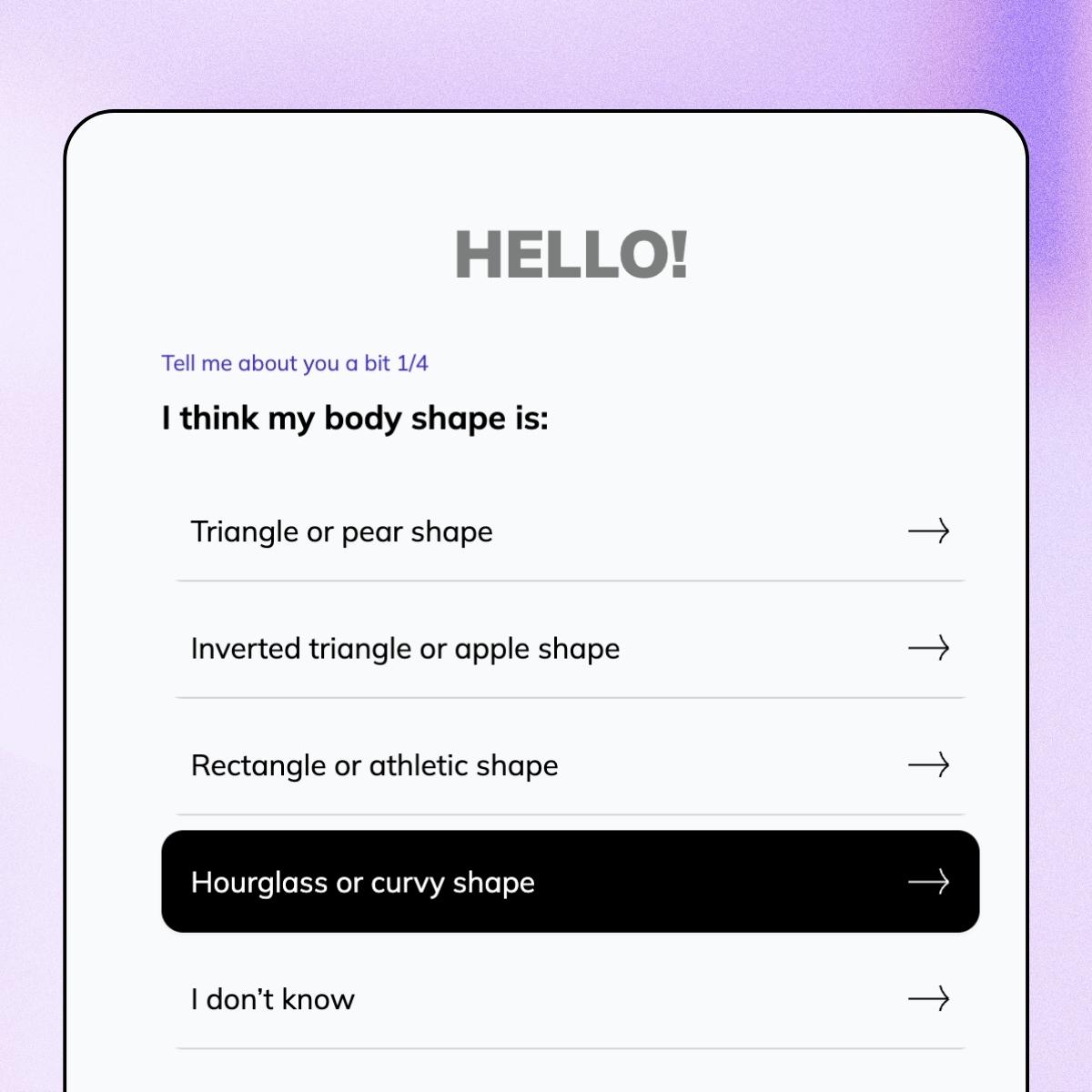
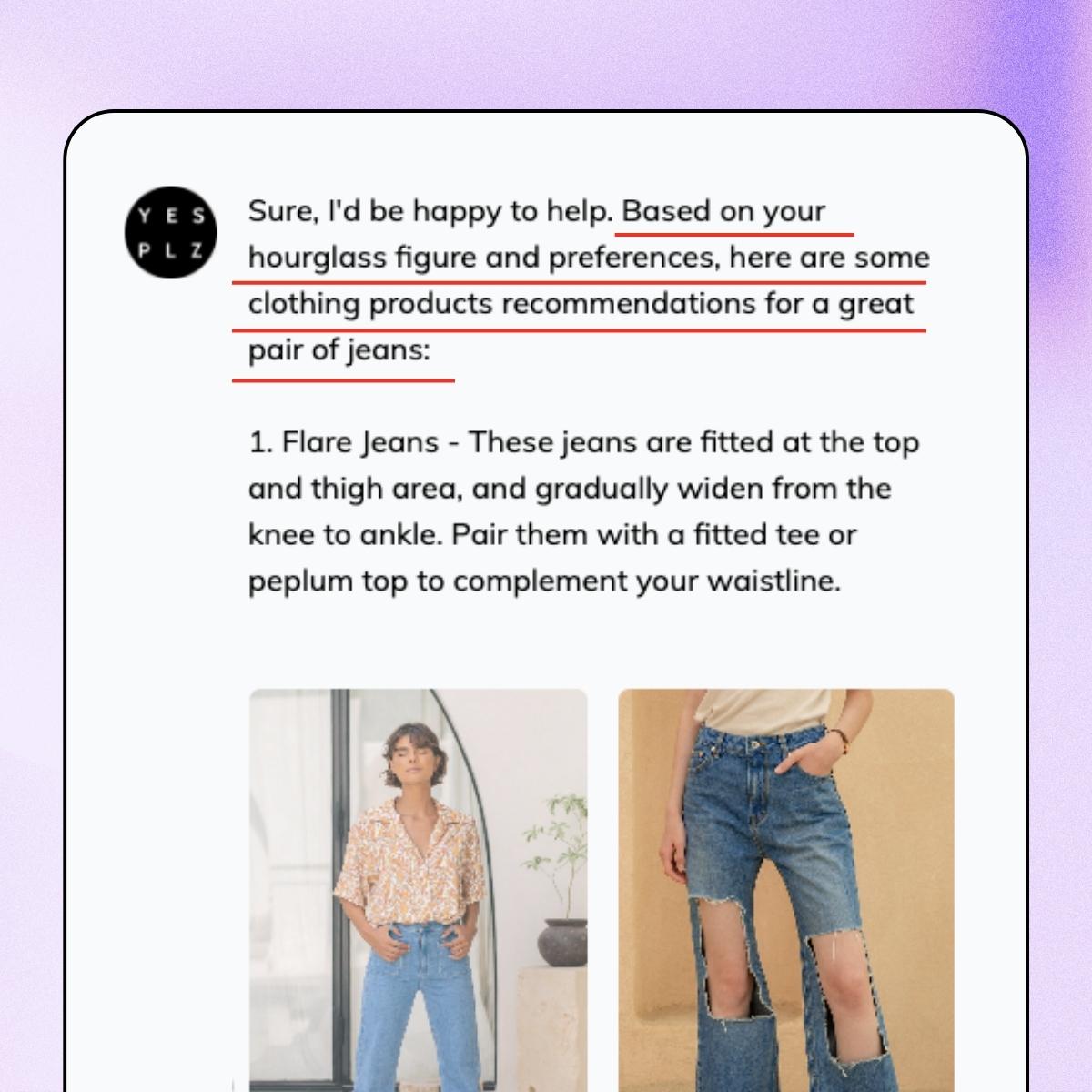
Keep an eye out in 2023 as AI continues to become increasingly integrated into eCommerce personalization, and solution providers continue to think creatively about using AI in unexpected ways.
Data is at the core of personalization for eCommerce, which includes information from user behavior to product tags.
Without collecting clean data, personalization is nearly impossible. However, it can be challenging for retailers to implement systems for collecting and cleaning data at scale.
Using AI, retailers can accurately and effectively tag product catalog attributes, setting the foundation for personalization.
But, what about gathering data about shoppers? And specifically, gathering initial information about shoppers?
Quizzes are a great way for retailers to provide superior personalization, while keeping shoppers engaged.
For example, YesPlz created a “Discovery of Taste” quiz for The Handsome, where shoppers take a short quiz to receive personalized product recommendations. YesPlz uses the data from the quiz to create curated, tailored recommendations based on taste.
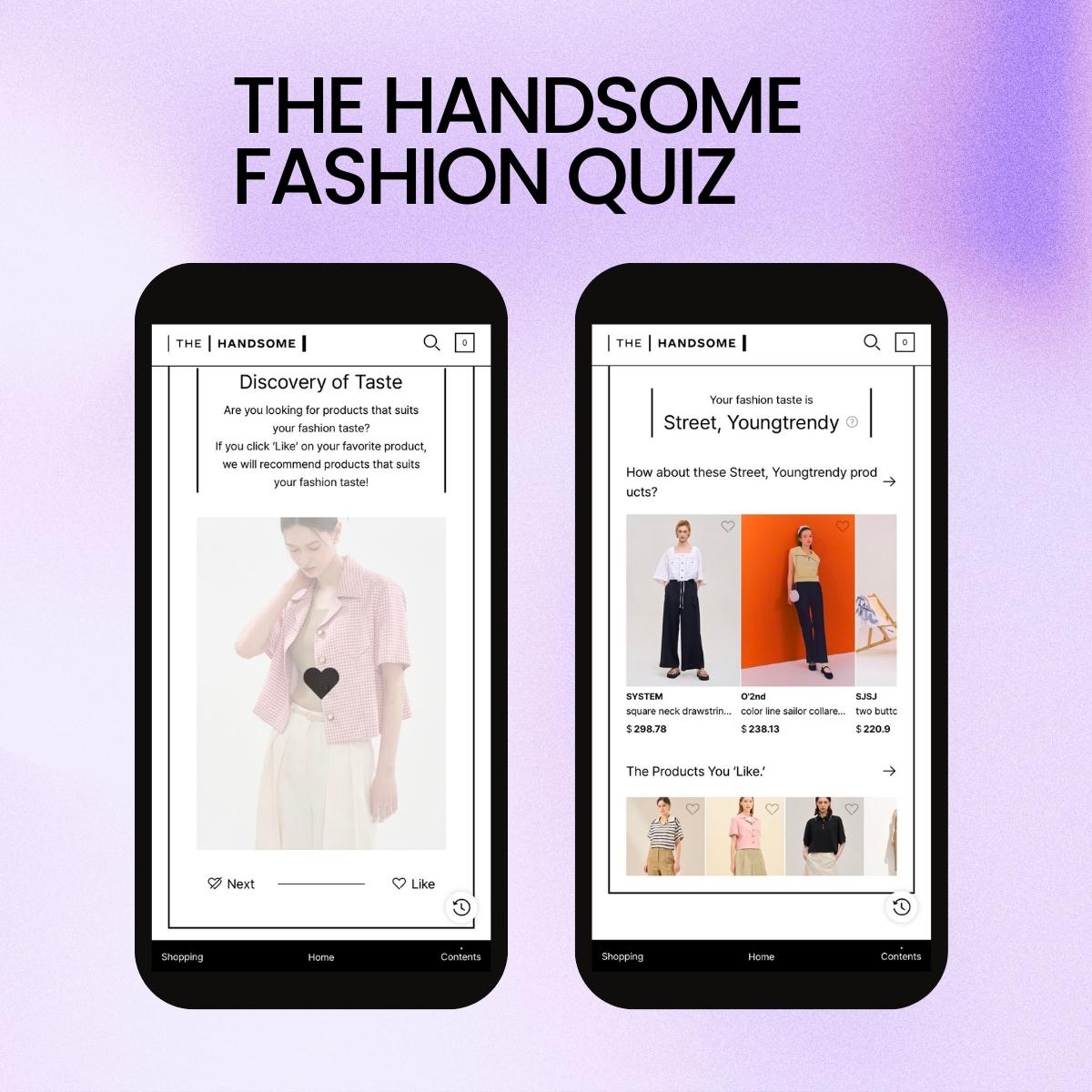
Scott Friend, Partner at Bain Capital Ventures, warned retailers who were trying to build their entire tech stacks on their own.
We agree with him. Our CEO, Jiwon Hong firmly believes "With today's technology, personalization becomes easier and much more affordable. The more important piece is to implement it as soon as possible and tune the experience optimized for your shoppers. The longer you delay to deploy, the stronger your customers might be locked in in your competitor's well-curated personalized shopping experience."
Check out our expert webinar about ChatGPT and Personalization
We recommend working with a professional service provider to develop a personalization plan–one that fits your specific needs. Whether you’re looking for product recommendations, AI styling, or filters that are customized to your shopper needs, we are here to help.
Schedule a free 20-minute demo to get all the details.
Written by Jess Erdman
Content Marketing Lead
I'm passionate about creating cool content. The best part? I get to learn new things about fashion tech and ecommerce everyday. Have an idea or opinion about this article? Reach out at jess@yesplz.ai
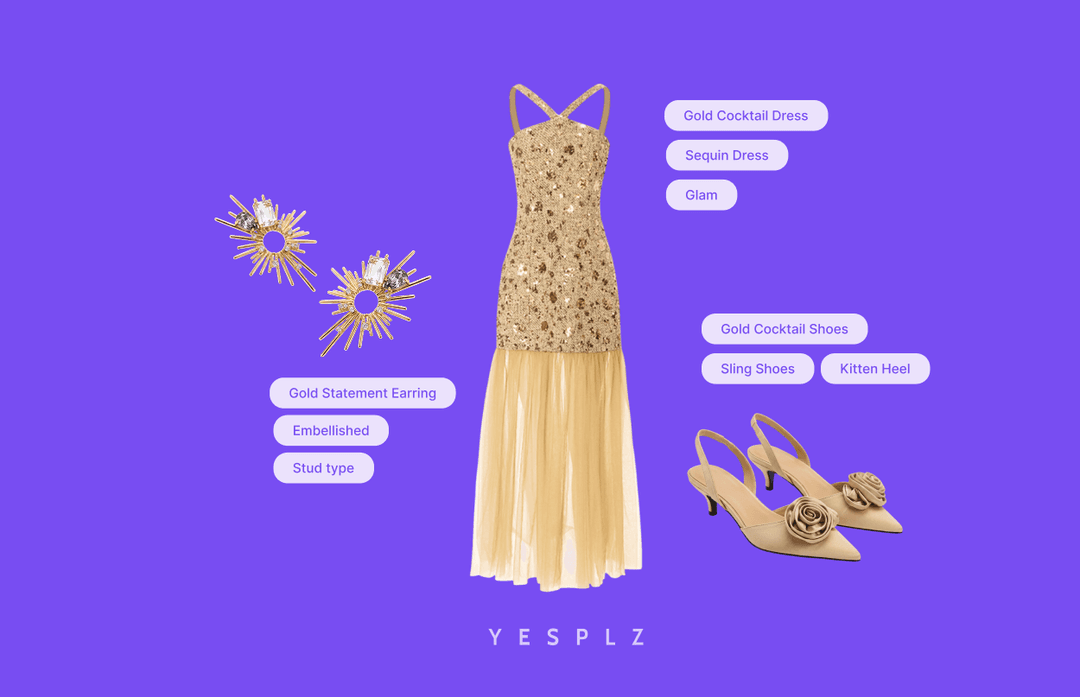
What are product tags used for? It’s a solution to low search CTR, limited filtering, manual collection curations, and more. Discover 6 essential use cases of product tags to transform search, filtering, SEO, and collections to boost sales.
by YesPlz.AI
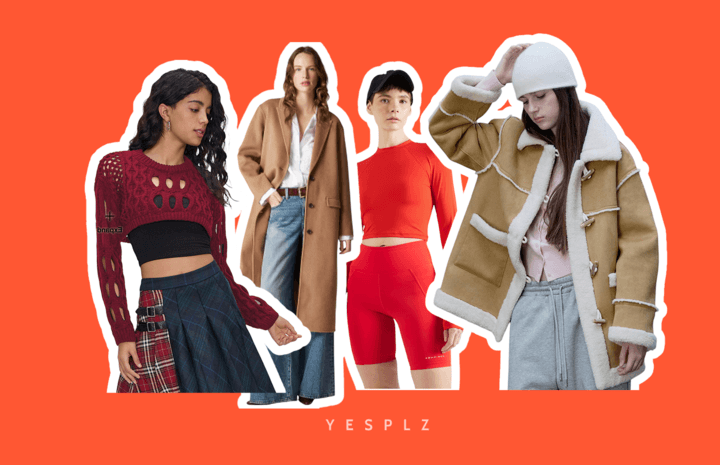
Discover 4 proven fashion recommendation strategies that boost conversions. Learn how About You, J.Crew, W Concept, and Cider drive sales.
by YesPlz.AI